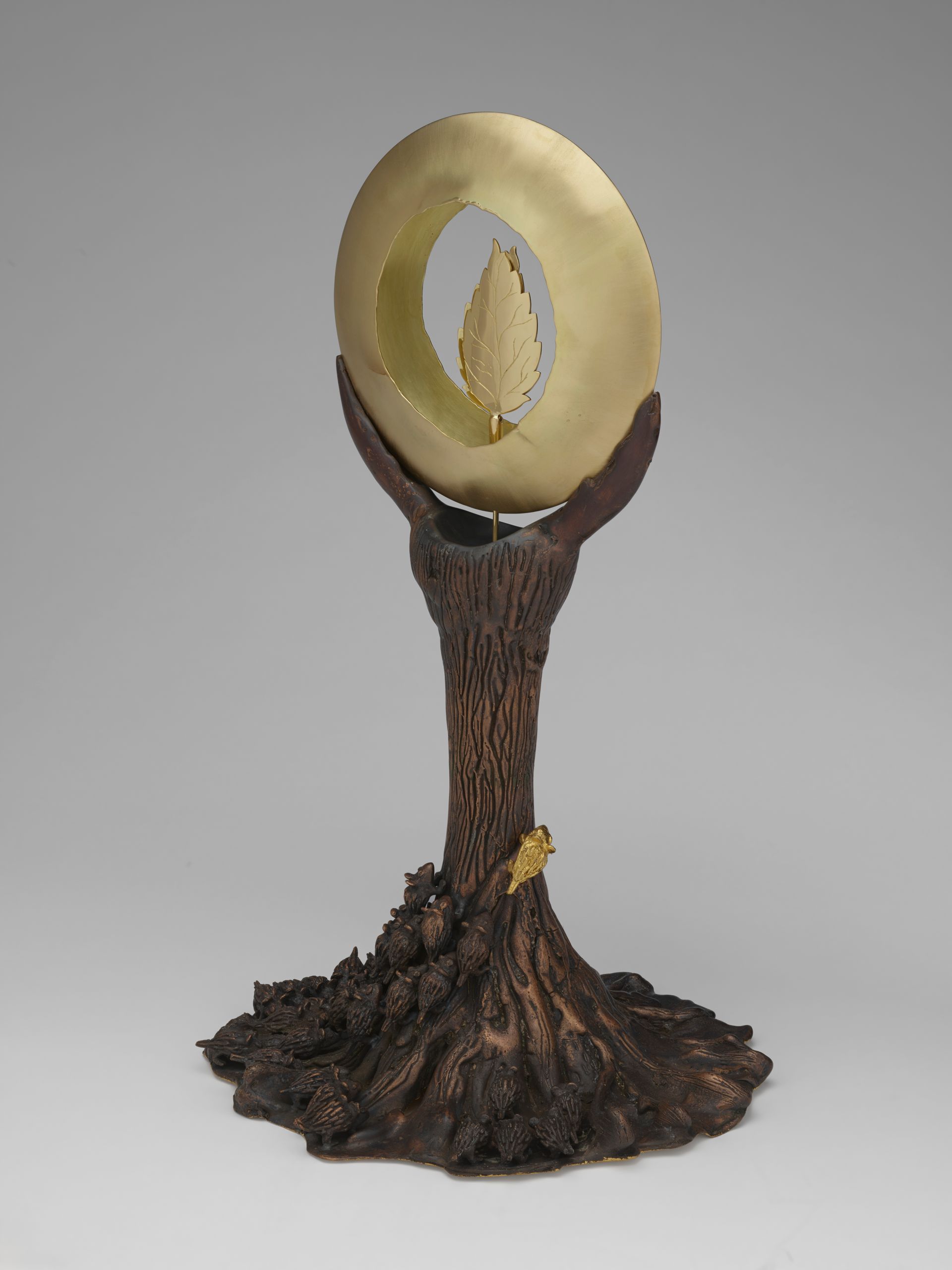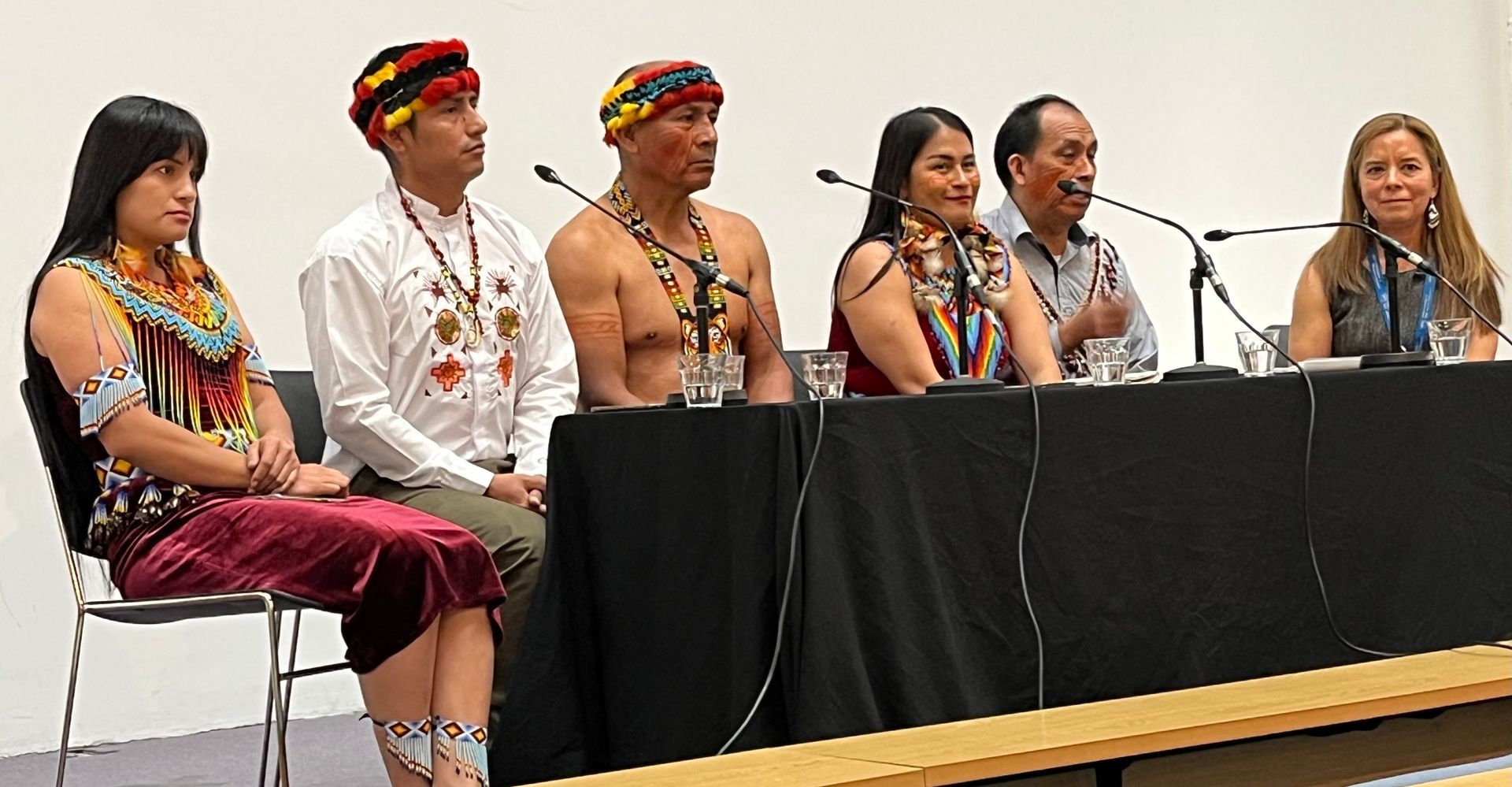Cultural Restitution
SHARE ARTICLE
In 2022 several western collections made a decision to transfer ownership of their Benin Bronzes to Nigeria. Reassured by progress on the construction of a major new facility in Benin City, they understood their Benin artefacts would be exhibited in a new museum to be called the Edo Museum of West African Art.
Now they must be wondering whether their artefacts will ever be displayed at the now completed Museum of West African Art (it has dropped the title Edo) or at a Benin Royal Museum still not off the drawing board. But it’s looking increasingly likely that both museum ventures may end up one and the same.
Control over the Kingdom of Benin’s cultural heritage continues to lie at the heart of what has escalated into a rowdy local dispute. More than 250 invited guests expecting to witness a preview at the Museum of West African Art (MOWAA) on Sunday 9 November faced protestors shouting, “this place is under investigation”.
Such was the scale of the protest that the preview was abandoned and guests had to be led away under a police escort. MOWAA has since been keen to emphasise the event was a private preview for partners and stakeholders, not an official opening. Some are calling for Nigeria’s President Bola Ahmed Tinubu to step in to resolve the dispute.
It all began over who should take responsibility for Benin artefacts returning to Nigeria, whether on loan or permanently. Initially, that responsibility lay with Nigeria’s National Commission for Museums and Monuments (NCMM), the organisation that played a major role in persuading European governments, institutions including the British Museum and the Getty Foundation, and the Edo State government itself to provide funding for MOWAA. It’s clear the Commission’s reassurance that Benin items were returning into a secure, state-of-the-art museum did much to encourage major collections to start returning looted artefacts.
In August 2022, for instance, following a consultation with its local community and the approval of the Charity Commissioners, the Horniman Museum and Gardens in South London became one of the first UK institutions to return ownership of their 72 Benin items. Six were physically returned to Nigeria; an agreement made with the NCMM enabled the 66 other items to remain on loan at the Horniman. Twenty-four currently feature in the Horniman’s Great Kingdom of Benin display.
Later that same year, in the first-ever return under its new ethical returns policy, the Smithsonian’s National Museum of African Art transferred to Nigeria the ownership of 29 of its Benin Bronzes looted during the 1897 raid. Like the Horniman, the Smithsonian also secured a loan arrangement with the NCMM enabling nine of their items to remain on display in Washington, D.C. The 20 repatriated to Nigeria are still being held in safe storage.
But the NCMM found itself sidelined the following year. Just before he left office, in May 2023 President Muhammad Buhari signed a decree that gave the Oba of Benin, Ewuare II, future responsibility and ownership for the returning artefacts. This was not what British, German, US and other museums expected when they negotiated their Benin collections with the NCMM.
But with the decision over ownership now clear-cut, the second phase of this dispute has begun to accelerate.
For years, the Oba has held an alternative vision from MOWAA’s, one that involves creating his own Benin Royal Museum for displaying the returning Benin artefacts. Denouncing the idea they should be exhibited at the MOWAA, he has emphasised that “attempts to divert the destination or the right of custody of the artefacts is not in the interest of the people of Benin Kingdom.”
It's a vision that’s gathered significant local momentum and has now shifted the political dispute in the Oba’s favour. Protestors at this month’s event were in no doubt: MOWAA should be placed under the direct control of the Oba and the building renamed as the Benin Royal Museum.
MOWAA’s original mission had been to include “the most comprehensive display in the world of Benin Bronzes”. But this ambition disappeared early in the building project. In a statement published on its website designed to “clarify recent misconceptions’”about its mission, holdings and role within Benin City’s cultural landscape, MOWAA states: “Since our inception in 2020, the Museum has consistently affirmed that it has no claims to these artefacts.” It goes on to confirm, “There are no Benin Bronzes on display at the Museum, nor have there ever been.” Instead, the museum is keen to emphasise its broader focus on exhibiting West African contemporary and modern art, historical works from Nigeria, research, education and conservation.
Protestors at the preview event were also noisily critical of the role played by Edo State’s previous governor, Godwin Obaseki, who they claim diverted funds and attention away from the Oba’s proposed museum. Accused of misrepresenting itself as the Benin Royal Museum to attract funding, the Museum’s statement insists that MOWAA has never claimed nor presented itself as the Benin Royal Museum to secure funding. The Museum also insists that Obaseki has no financial or other interests in MOWAA.
Phillip Ihenacho, executive director at MOWAA and his executive team can no longer rely on Edo State’s current governor, Monday Okpebholo, for the same level of support it received from Obaseki. In another extraordinary development the day after the protest, Okpebholo announced plans to revoke the Certificate of Occupancy for the land on which the MOWAA has been built. Citing “overriding public interest” and doubts about the museum’s name, ownership and governance, it seems the entire raison d’être for an independent MOWAA is being challenged.
There are no reports the Oba has secured funding for his separate Benin Royal Museum. So, there's an intriguing possibility that pressure might be mounting on MOWAA to become the Oba’s Royal Museum.
MOWAA says it aims to complement not compete with other cultural institutions. “We hope this moment can lead to renewed dialogue, engagement and understanding, so that together we can realise the full potential of what MOWAA can represent for Nigeria and Africa at large.”
Those governments and institutions that helped finance the building of the Museum, the storage of returned artefacts and the development of projects set up to create a centre of excellence for archaeology in West Africa must feel the same. What is less certain is the next move by the Edo State government and the Oba and whether it might put future returns of Benin artefacts at risk.



